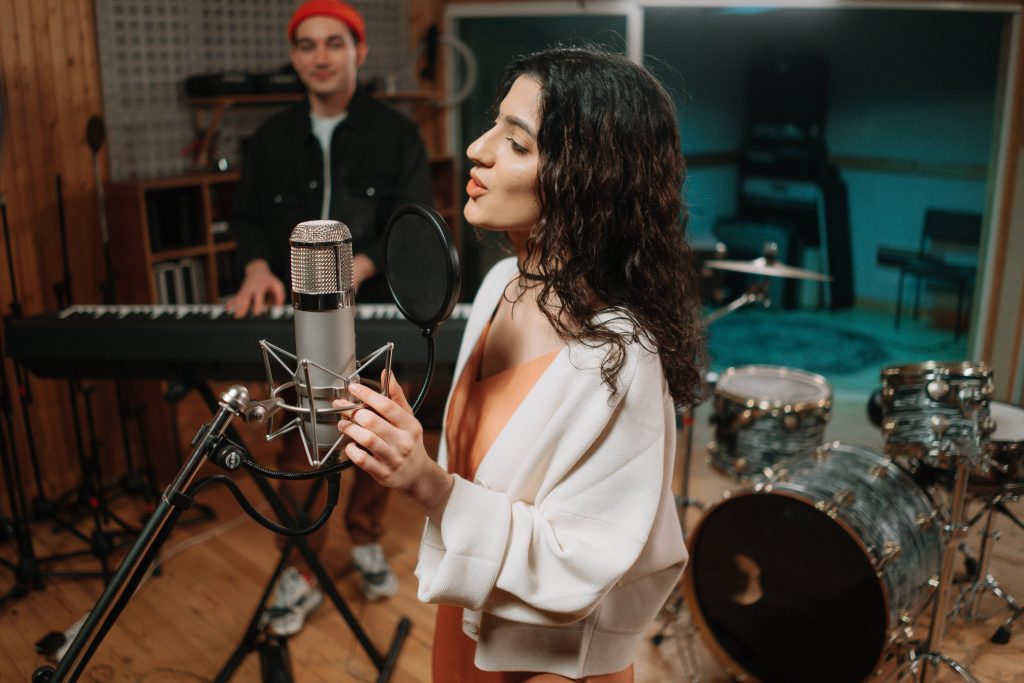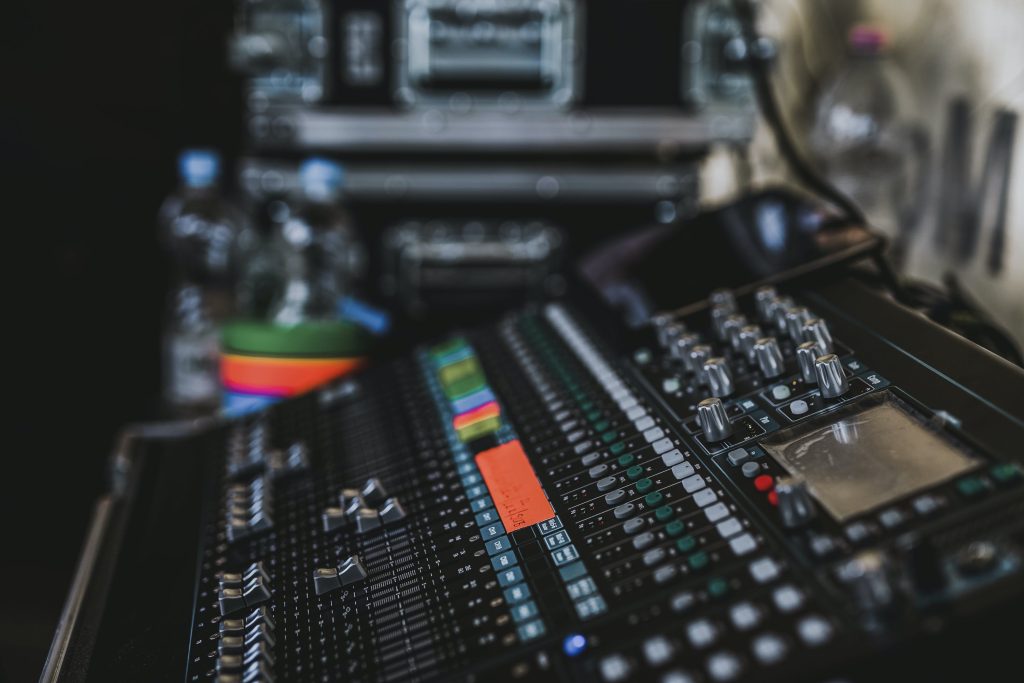
Artists are essential to the ever-changing music industry since they set the trends as well as follow them. These trailblazers can influence music culture, enthrall audiences, and make a lasting impression. This article explores the tactics musicians use to create their trends in the music industry and how they affect their careers, delving into the intriguing world of artists doing so.
- Embracing Creative Freedom.
- Innovation Through Individuality.
- Blending Styles and Breaking Barriers.
- The Role of Technology
- The Influence of Social Media
- Engaging with Audiences.
Artists who create their musical trends have an unwavering desire for creative freedom. They shed the constraints of conventional music genres and experiment with new sounds, styles, and techniques. By embracing this freedom, artists can push the boundaries of music and present fresh and innovative ideas that capture the imagination of others.
Through their willingness to take risks and explore uncharted territories, these artists become pioneers in their field. They challenge the status quo and defy expectations, paving the way for new and exciting musical movements.
To establish a unique artistic identity, musicians must embrace their individuality. By incorporating personal experiences, emotions, and viewpoints into their music, musicians can craft a distinctive sound signature that represents their distinct artistic style. Their uniqueness serves as the impetus for the development of trends, differentiating them from other artists striving for popularity. These artists acquire acclaim for their breakthrough work and cultivate a devoted following by being faithful to their artistic vision.

Musicians who establish their trends frequently combine many musical genres to produce a fusion that appeals to listeners and grabs their interest. They can dismantle walls and question preconceived ideas about what music should be by fusing components from many musical styles. A diverse spectrum of listeners will find enjoyment in the new and lively sound produced by this combination of styles. It promotes inclusivity and togetherness within the music industry by bringing together various musical cultures.

Technology plays a significant role in the art of creating musical trends. With advancements in production tools, artists now can explore new sounds, experiment with innovative techniques, and blur the lines between genres.
From digital audio workstations to virtual instruments, technology provides artists with the means to bring their creative visions to life. It opens up a world of possibilities and empowers artists to push the boundaries of what is musically possible.

Social media platforms have developed into effective instruments for musicians in the current digital era to establish and market their musical trends. Through social media platforms such as Instagram, TikTok, and YouTube, artists may establish a direct connection with their fans, exhibit their distinct aesthetic, and expand their reach globally. By leveraging hashtags strategically, participating in viral challenges, and partnering with influencers, musicians may expand their audience and create talk about their music. Because of social media, the music industry has become more democratic, allowing up-and-coming musicians to compete with more established bands on an even playing field.

Artists that set trends in their respective fields recognize the value of audience interaction. They listen to their audience, actively seek out criticism, and make necessary adjustments to their music. Artists can feel the pulse of the industry and predict the next big thing in trends by developing a close relationship with their audience. They can remain at the forefront of musical innovation and relevant in a constantly evolving landscape because of this participation.
Q1. Can emerging artists create their trends, or is it more common for established musicians?
A1. While established musicians often have more resources and visibility, emerging artists can also create their trends. The key lies in embracing their uniqueness, pushing the boundaries, and connecting with their audience. With the right combination of talent, innovation, and strategic marketing, emerging artists can make a significant impact on the music industry.
Q2. Do artists have to abandon existing trends to create their own?
A2. Creating one’s trends does not necessarily mean abandoning existing ones. Artists can incorporate elements of popular trends while infusing their unique artistic vision. It is about striking a balance between familiarity and innovation, creating something fresh and distinctive that captivates audiences while still resonating with their existing fan base.
Q3. How do artists deal with the risks involved in creating their trends?
A3. Creating their trends involves inherent risks, as artists are venturing into uncharted territory. However, the rewards can be immense. Artists mitigate these risks by conducting thorough research, experimenting with new sounds, and relying on their artistic instincts. By embracing calculated risks and staying true to their vision, artists can pave the way for groundbreaking trends.
Q4. Can artists maintain commercial success while creating their trends?
A4. Yes, artists can maintain commercial success while creating their trends. In fact, by being trendsetters, artists can attract a dedicated fan base seeking fresh and unique music. Strategic marketing, collaboration with industry professionals, and engaging with audiences are essential components in achieving a balance between artistic innovation and commercial viability.
Q5. Are artists who create their trends more likely to achieve long-term success?
A5. Artists who create their trends have a higher chance of achieving long-term success. By breaking away from the pack and establishing a distinct artistic identity, they become trendsetters and influencers in the industry. This longevity is sustained by consistently pushing the boundaries, evolving with purpose, and maintaining a genuine connection with their audience.
Artists who create their trends in the music industry leave an indelible mark on the landscape of popular culture. By embracing creative freedom, innovating with uniqueness, and breaking barriers, these trendsetters shape the direction of music. Through collaboration and engagement with their audience, they maintain relevance and unlock new possibilities for artistic expression.



[…] Understanding Musical Trends. […]